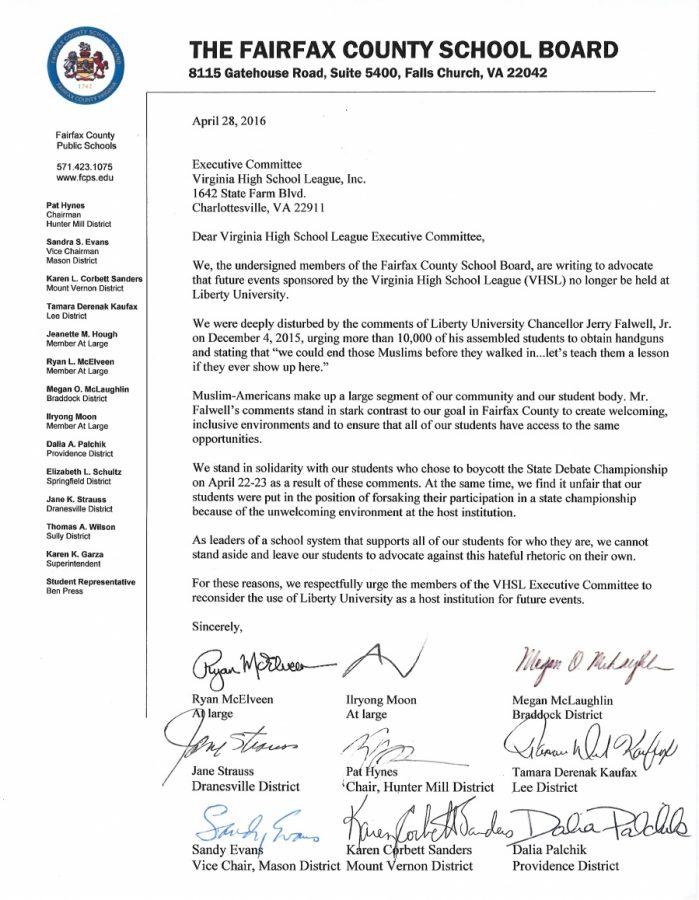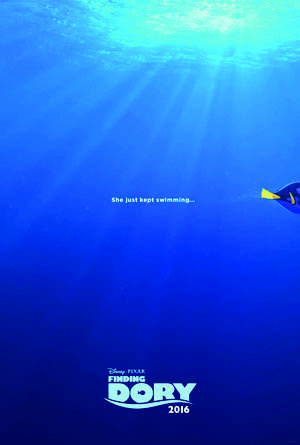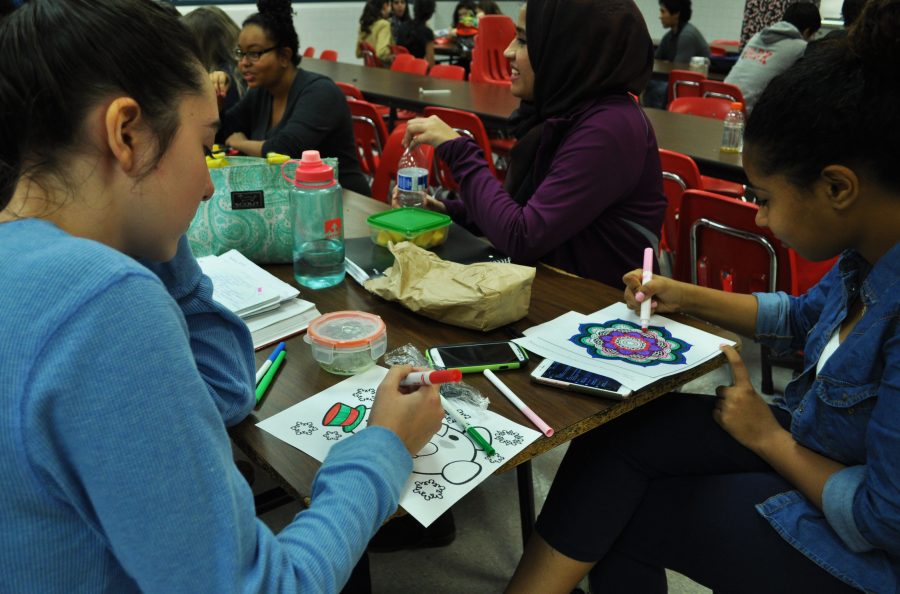
I pushed through the ephemeral cloak of perception and achieved a truth only existing in the present. The goal of every writer’s work. To turn symbols on a page into understandable images so close to reality, they may be indistinguishable.
Although the mosaic of characteristics of a writer and a blacksmith differ, one crucial portion of both professions is the reliance on tools to complete the job. The blacksmith’s tools are apparent, an anvil and a hammer, however, the writers main tool is the often unaccredited use of language.
During a lecture by the philosophical entertainer Alan Watts, he describes asking a room full of high school students the musing question of “What is a thing?” Responses to such a fundamental question consisted of re-describing a thing by calling it an object or a space. Eventually a person came out with the answer, “A thing is a noun.” Watts enthusiastically jumped at the answer that edged on what he was pushing at. He proceeded to say, “A noun is not a part of nature, but a part of speech.” Language is an overlooked construct; in the sense that most people assume it is a natural function hardwired into life.
It is not. Just as a hammer is used to fashion metal into a functioning sword, language is used to bang out perceptions of reality into words that can be stored and passed on. A certain natural beauty is inherently changed and lost through such a process.
The goal of writing, then, cannot ever be achieved. No matter the combination of words, the essence of witnessing reality in play will never be fully voiced. Therefore, writing always leaves something to be desired. Some part that isn’t exactly included. The writers true purpose is, then, to omit the correct amount to fuel the inspiration of the potential reader to go out and experience the reality the words attempted to hint at.








